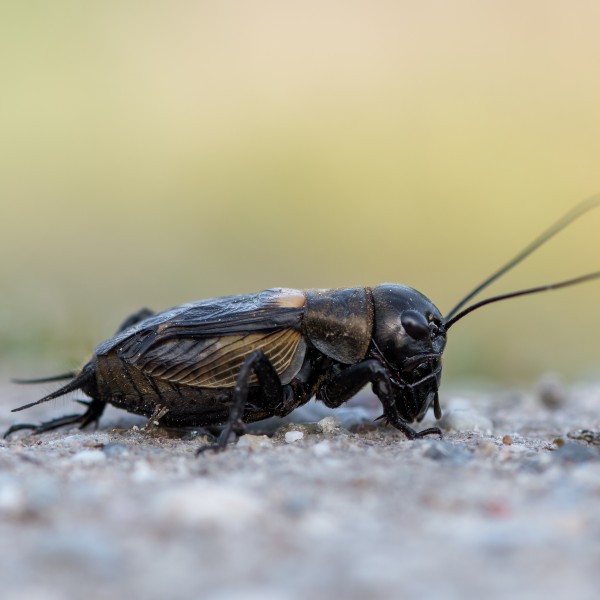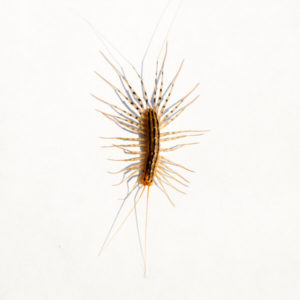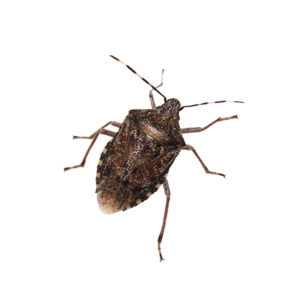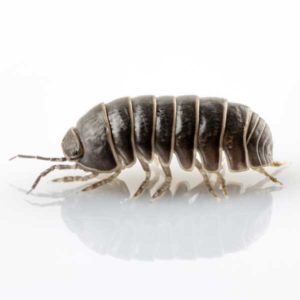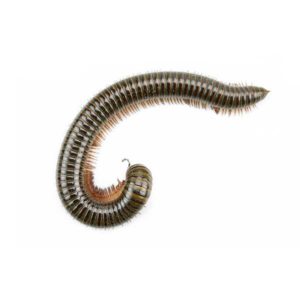Field Cricket in Suffolk County & Nassau County
Field Cricket is a catch-all name for several species of crickets of the genus Gryllus. The most common species found on Long Island is Gryllus pennsylvanicus.
Field Cricket Habitat
Field Crickets are found in many types of habitats: In brushy areas, fields, lawns, gardens, and even near building foundations. They may dig shallow burrows. These species will have one generation per year and will molt 8-9 times before reaching the adult stage. Adults generally live for 8 to 10 weeks. Most female crickets deposit eggs into soil or plant stems, which can cause serious plant damage. In northern latitudes, most crickets mature and lay eggs in the fall.
Field Cricket Behaviors, Threats, or Dangers
Field crickets are omnivores that feed on a variety of foods including organic plant matter, dried organic materials, fruits, seeds, and both live and dead insects. Field crickets are generally considered to be nuisance pests. If they get indoors, which typically happens in the fall as they try to get indoors to overwinter, they can damage personal items like clothing and furniture by feeding on them. They’re not venomous and aren’t known to carry any diseases. If you need help with a Field Cricket problem, it’s recommended to contact your local pest control experts.

